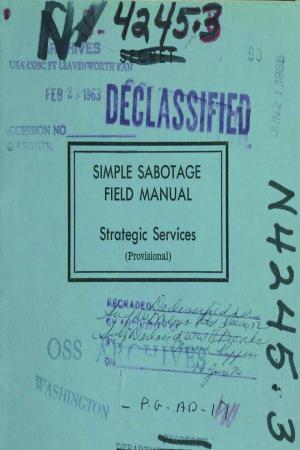The Art of Code Enforcement
Business & Finance, Career Planning & Job Hunting, Careers, Nonfiction, Reference & Language, Reference, Guides & Handbooks| Author: | Martin Collins | ISBN: | 9781476351759 |
| Publisher: | Martin Collins | Publication: | August 19, 2012 |
| Imprint: | Smashwords Edition | Language: | English |
| Author: | Martin Collins |
| ISBN: | 9781476351759 |
| Publisher: | Martin Collins |
| Publication: | August 19, 2012 |
| Imprint: | Smashwords Edition |
| Language: | English |
This text is primarily focused on the preservation of the existing building stock, both residential and commercial. In America, there are thousands of employees at many levels of government who are responsible for enforcing laws, codes and regulations designed to address the condition of buildings and property. None of these people earned a degree specifically tailored to code enforcement duties from an accredited institution of higher learning. There is no such degree. For 28 consecutive years of a 34 year career in the field, the author offered instruction to thousands of people on the issues involved in operating a code enforcement program. This book is a distillation of the notes and the education gleaned from both presenting those classes and from the information and insights shared by class participants. It is also based on the experience of managing these programs in Milwaukee and in New York City. The text provides options on how to handle many common issues encountered by code enforcement officials in their daily work lives. It is not a book about codes but rather a book about how to administer them.
The text covers general background issues such as why some property owners do not comply with the codes and how to set the appropriate level of code enforcement intensity for a community. The book then proceeds through the enforcement process from the least confrontational methods to the “Heavy Hammers” that could be used in the most resistant cases. Educational methods are explored as are the use of volunteers. All code enforcement involves some form of notice to a code violator and many methods are explained. While all communities rely to some extent on complaint response to trigger their processes, the methods are varied and can be supplemented by more systematic approaches.
The heart of code enforcement is the art of persuading a code violator to take action to remedy the violation with the minimal amount of official action possible. The text includes many proven persuasive arguments and techniques that can be used to get from “No” to “Yes.” Not all enforcement actions result in compliance and options are presented for what to do next.
Code enforcement officials nationally are under the same budget pressures as all government services. How to raise revenue, control costs and communicate the worth of these programs to both community decision-makers and to the voting public are explained. Other topics include coping with politics, inspector safety, code enforcement in a university community, occupant behavior issues, coping with the media, inspector productivity indicators, career development ideas and techniques for implementing change. Finally, appendices include a variety of sample forms and letters that can be used in the code enforcement process.
This text is primarily focused on the preservation of the existing building stock, both residential and commercial. In America, there are thousands of employees at many levels of government who are responsible for enforcing laws, codes and regulations designed to address the condition of buildings and property. None of these people earned a degree specifically tailored to code enforcement duties from an accredited institution of higher learning. There is no such degree. For 28 consecutive years of a 34 year career in the field, the author offered instruction to thousands of people on the issues involved in operating a code enforcement program. This book is a distillation of the notes and the education gleaned from both presenting those classes and from the information and insights shared by class participants. It is also based on the experience of managing these programs in Milwaukee and in New York City. The text provides options on how to handle many common issues encountered by code enforcement officials in their daily work lives. It is not a book about codes but rather a book about how to administer them.
The text covers general background issues such as why some property owners do not comply with the codes and how to set the appropriate level of code enforcement intensity for a community. The book then proceeds through the enforcement process from the least confrontational methods to the “Heavy Hammers” that could be used in the most resistant cases. Educational methods are explored as are the use of volunteers. All code enforcement involves some form of notice to a code violator and many methods are explained. While all communities rely to some extent on complaint response to trigger their processes, the methods are varied and can be supplemented by more systematic approaches.
The heart of code enforcement is the art of persuading a code violator to take action to remedy the violation with the minimal amount of official action possible. The text includes many proven persuasive arguments and techniques that can be used to get from “No” to “Yes.” Not all enforcement actions result in compliance and options are presented for what to do next.
Code enforcement officials nationally are under the same budget pressures as all government services. How to raise revenue, control costs and communicate the worth of these programs to both community decision-makers and to the voting public are explained. Other topics include coping with politics, inspector safety, code enforcement in a university community, occupant behavior issues, coping with the media, inspector productivity indicators, career development ideas and techniques for implementing change. Finally, appendices include a variety of sample forms and letters that can be used in the code enforcement process.















